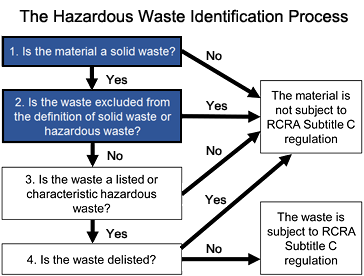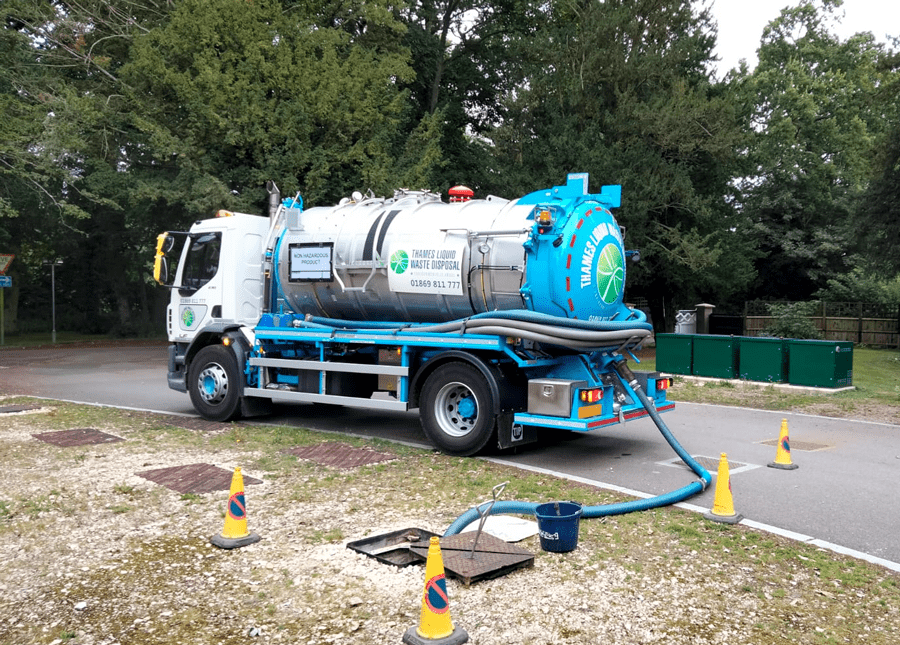The 7-Minute Rule for Reclaim Waste
Not known Details About Reclaim Waste
Table of ContentsSome Known Incorrect Statements About Reclaim Waste Reclaim Waste Things To Know Before You BuyThe Facts About Reclaim Waste RevealedThe 9-Second Trick For Reclaim WasteThe Basic Principles Of Reclaim Waste
Check out the types, occurrences, and types of liquid waste. Residential sewer waste refers to the waste and items from a residential septic system. This type of waste is developed by people in homes, institutions, and other structures. This only consists of septic systems that have a drainpipe field. The proper management and disposal of residential sewage waste require fluid waste to be transferred to a sewer therapy plant where the appropriate techniques and tools are applied to purify and take care of waste.
Industrial waste typically consists of potential threats, such as combustible products or a mix of fluid and solid waste items, and requires an advanced and thorough disposal process. The disposal of commercial waste commonly involves the filtering of waste before transport to ensure risk-free and appropriate disposal. Hazardous waste is created from results and runoff of industrial procedures and manufacturing.
This type of waste can not utilize the same sewage administration transport or procedures as septic or industrial fluids. The commercial waste management procedure needs the examination and testing of liquid waste before it goes through the disposal process (liquid waste disposal melbourne). Drainage waste is the fluid waste that originates from runoff and excess stormwater in very booming areas or cities
Runoff waste can trigger contamination and flooding if not taken care of effectively. Find out more regarding sewage system cleaning and waste monitoring. Making sure correct waste monitoring can stop disasters and reduce ecological injury. Both individuals in property settings and specialists in industrial or manufacturing sectors can gain from recognizing the procedures and regulations of fluid waste monitoring.
Top Guidelines Of Reclaim Waste
Get in touch with PROS Providers today to learn about our waste monitoring and disposal services and the correct methods to look after the liquid waste you produce.
(https://www.gaiaonline.com/profiles/reclaimwaste1/46907679/)This supposed 'wastewater' is not only a vital source however, after treatment, will be launched to our land, waterways or the sea. Used water from bathrooms, showers, baths, cooking area sinks, laundries and commercial processes is recognized as wastewater.

water utilized to cool down equipment or tidy plant and tools). Stormwater, a type of wastewater, is overflow that moves from agricultural and city areas such as roofings, parks, yards, roads, paths and gutters right into stormwater drains pipes, after rain. Stormwater moves untreated straight to regional creeks or rivers, at some point getting to the sea.
All about Reclaim Waste
In Queensland, most wastewater is treated at sewage treatment plants. Wastewater is delivered from domestic or industrial sites via a system of sewage systems and pump terminals, recognized as sewage reticulation, to a sewer therapy plant.
The Division of Natural Resources encourages neighborhood federal governments concerning handling, operating and keeping sewage systems and therapy plants. In unsewered areas, city governments might need householders to install individual or house sewer treatment systems to treat residential wastewater from bathrooms, cooking areas, washrooms and washings. The Department of Natural Resources authorises using family systems when they are proven to be efficient.
Many stormwater receives no therapy. In some new communities, treatment of some stormwater to eliminate trash, sand and gravel has actually begun using gross toxin traps. Wastewater therapy happens in four phases: Eliminates strong matter. Larger solids, such as plastics and various other objects wrongly discharged to sewers, are eliminated when wastewater is gone through screens.
Wastewater then moves into huge tanks where solids resolve and are removed as sludge. Grease and scum are skimmed from the surface. Utilizes small living organisms referred to as micro-organisms to damage down and get rid of staying liquified wastes and fine fragments. Micro-organisms and wastes are integrated next page in the sludge. Eliminates nitrogen and phosphorus nutrients that can trigger algal blossoms in our waterways and endanger marine life.
The 20-Second Trick For Reclaim Waste
Nutrient removal is not readily available at all sewer therapy plants due to the fact that it needs costly specialist tools. It is coming to be extra usual in Queensland. Clear liquid effluent created after treatment may still include disease-causing micro-organisms. If this effluent is launched into waterways such as rivers or the sea, the micro-organisms will eventually pass away out.

A lot of wastewater flows right into the sewerage system. Under the Act, neighborhood governments administer authorizations and permits for ecologically pertinent activities (Ages) entailing wastewater launches that might have a neighborhood effect.
Some Ideas on Reclaim Waste You Need To Know
Or else, examples are considered research laboratory analysis. Usually many tests are required to develop the levels of each of the various toxins such as oils, heavy steels and pesticides in water. Tracking provides factual details about water quality and can validate that permit problems are being met. The info gotten through monitoring offers the basis for making water high quality choices.